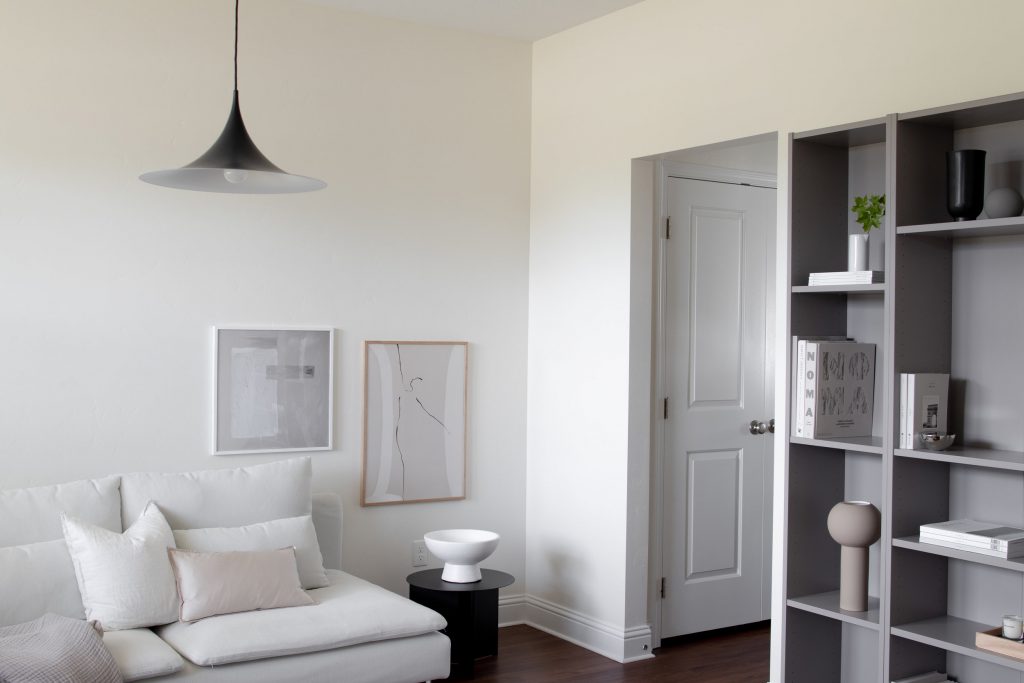“Billy the bookcase says hello.”
“So does a table whose name is Ingo,” sang Jonathan Coulton in his IKEA song, “and the chair is a ladder-back birch but his friends call him Karl.”
I can’t speak for Karl. But Billy, well, Billy has an interesting backstory.
In the late 1970s, an IKEA advertising man named Billy Liljedahl complained about the state of bookshelves. They were heavy, expensive, and often missed the point by not actually being sized for books.
Gillis Lundgren, head of design at the time, began to sketch. “I drew the first sketches on a napkin,” Lundgren would later recall. “That was often the way we worked. Ideas are perishable and you have to capture the moment as soon as it arrives.”
Billy the bookcase would debut in the IKEA catalog in 1979. By 2009, IKEA had produced and sold more than 41 million bookcases. It remains one of the most popular products to this day.
Why? Regardless of Billy Liljedahl’s complaint, there were other shelves. IKEA had previously produced the Tiga. An early competitor inspired the Tiga: the Lundkvist shelf or Lundkvisthyllan. Not to mention the countless options we have today for shelving, storage, and more.
The reason is modularity, scalability, and extensibility. If there’s a room, if there’s a style, if there’s a need, there is a Billy configuration. The result has been pages on pages of Billy hacks. (Here are 45 ideas to get you started. Ironically, many without books. Sorry, Billy Liljedahl.) We’re seeing the power of architectural patterns playing out over 41 million use cases.
When IT security leaders envision future security capabilities, we must ground them in repeatable patterns. A thousand apps individually implementing controls can quickly lead to sprawl, gaps, and waste. Equip these same teams with a pattern, say for authentication or fraud detection, and we can standardize the building blocks. Even if each app is different. Even if it looks as different as a standalone bookcase in a young person’s first apartment, or a built-in bookcase in an adult’s work-from-home study.
“Books should talk but the bookshelf should be silent.” This is the motto of the Lundkvist shelf. They never said hello. Perhaps that’s why Billy won the market.
And there’s a lesson for IT security. Products should talk but security shouldn’t be silent. Architectural patterns speak softly long after security has left the room.

This article is part of a series on designing cyber security capabilities. To see other articles in the series, including a full list of design principles, click here.
Posted by